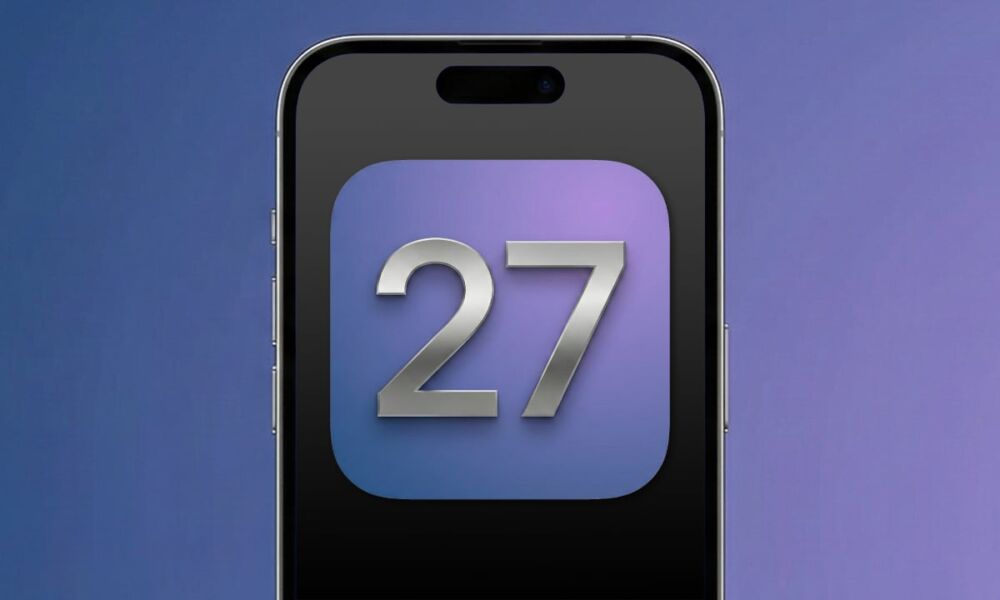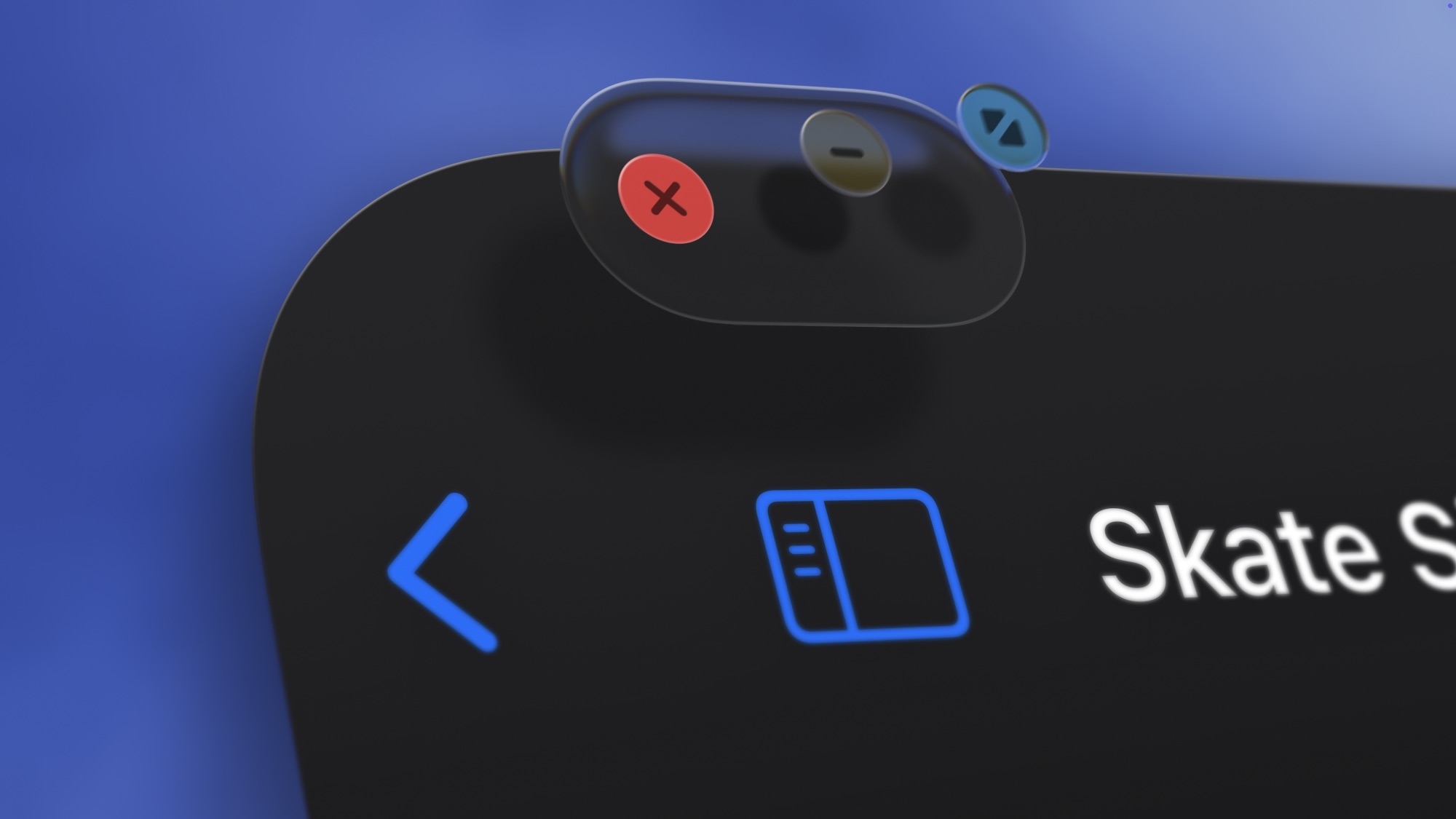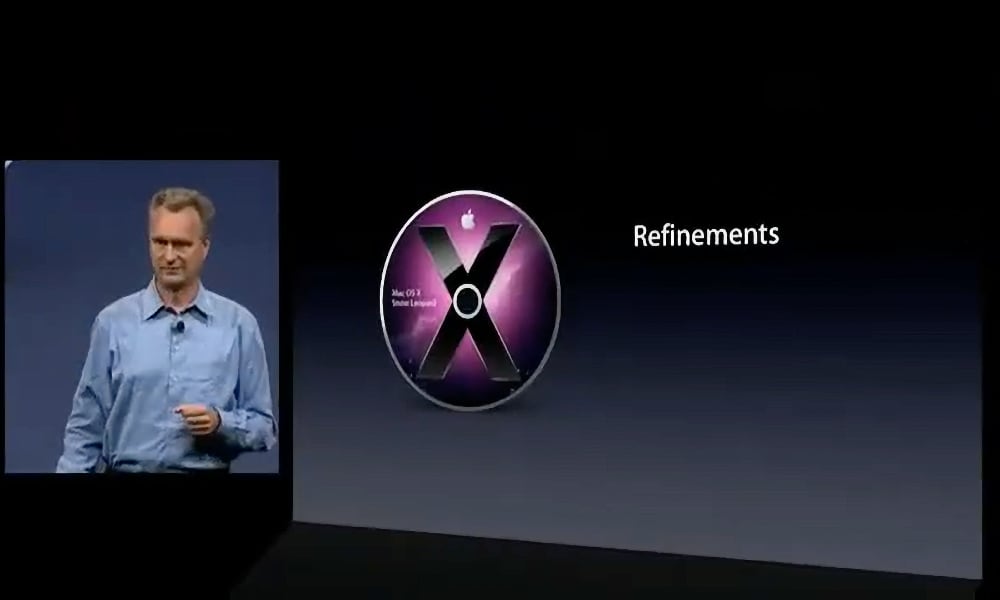iOS 27’s Watchwords Will Be Performance and Stability

Toggle Dark Mode
Next year’s iPhone software update could represent one of the company’s occasional housekeeping cycles, focusing more on fixing bugs and polishing things up than introducing a laundry list of significant new features.
At least, that’s what Bloomberg’s Mark Gurman says in his recent Power On newsletter. “After the sweeping design overhaul of iOS 26 and the debut of Liquid Glass across its platforms,” Gurman says, “Apple is working on a Snow Leopard-style update.”
While long-time Apple fans will remember that reference, for those who have come to the family more recently, Apple’s 2009 Mac OS X Snow Leopard release was famous for being the year the company’s desktop operating system received a quality control pass with nothing more than subtle user-facing improvements.
The hint was also in the name. Snow Leopard followed Mac OS X Leopard, which had been released two years earlier, but unlike its predecessor, it was introduced by Apple with “zero new features” — a stark contrast from the 300 improvements shown off in Leopard.
That was a rare time-out moment for Apple, and it ironically arrived at a time when Mac OS X releases came at a far more leisurely pace, running on a roughly two-year cycle after things stabilized with 2003’s Jaguar release. Apple’s other platforms were also in their infancy when Snow Leopard came along. iOS was still known as “iPhone Software,” and ran only on the iPhone and iPod touch; it would be nearly another year before the first iPad arrived.
That’s a far cry from today’s hectic pace. Apple is now cranking out six new operating system updates — macOS, iOS, iPadOS, watchOS, tvOS, and visionOS — on an annual cycle. If the company needed to take a breather to polish up Mac OS X in 2009, it’s definitely overdue to give iOS a similar treatment — especially after this year’s ambitious Liquid Glass overhaul.
To be fair, it’s not the first time Apple has hit the pause button on new features, but early reports of the company’s plans to focus on stability and performance don’t always pan out the way many predict. Apple did something similar with iOS 12 and iOS 9, but these weren’t nearly as feature-bereft as Snow Leopard was, so there’s a good chance we’ll still see some new stuff in iOS 27. After all, in today’s digital landscape, Apple can’t afford to be seen as lagging behind.
For example, while iOS 12 became the most well-known “maintenance” update in recent memory, dramatically improving performance on older models, it still added Screen Time controls, Memoji, and Siri Shortcuts, and stacked notifications. Similarly, iOS 9 removed the bloat from iOS 8, making life smoother for iPhone 4S users who upgraded to it, but it also added Low Power Mode, Siri Suggestions, and transit support in Apple Maps. This was also the version that brought the first multitasking features to the iPad.
Even if Apple sets similar priorities with iOS 27, we’ll undoubtedly get some new features tossed in. Gurman says that Apple plans to tweak Liquid Glass — hardly a surprise since it’s already been doing that with every iOS 26 point release so far — but it also continues to work on its AI-powered “Health+” service, which is expected to launch next year. There’s a good chance that Apple Intelligence will also be extended to additional apps beyond health, including a new AI-powered web search.

However, the real wins in iOS 27 will likely be in areas of visual polish and AI performance tweaks. As with most major UI redesigns, the Liquid Glass aesthetic has had growing pains; users report it lags on older devices, likely due to the heavier GPU requirements needed to render the multi-layer transparency effects. Similarly, the Large Language Models (LLMs) that power Apple Intelligence appear to be a bit overzealous, likely causing the reported device overheating and battery drain by keeping the Neural Engine active more often than necessary. Apple is expected to tighten these reins in iOS 27, introducing better throttling to prevent background AI tasks from hammering the battery.
If this rumor holds true, iOS 27 might be one of the more “boring” updates we’ve seen in years — but that’s precisely why it may also be the most significant. It’s easy for those who upgrade to Apple’s newest devices every year or two to forget that Apple genuinely wants to ensure that older iPhone models are still welcomed into the fold. While new Apple Intelligence features are too much to expect, if history serves as an example, iOS 27 could breathe new life into old iPhones that currently struggle to handle even the simplest of the new Liquid Glass elements.
[The information provided in this article has NOT been confirmed by Apple and may be speculation. Provided details may not be factual. Take all rumors, tech or otherwise, with a grain of salt.]








